Propuneri manuscrise: [email protected]: 0745 204 115
Urmărire comenzi Persoane fizice / Vânzări: 0745 200 357 / Comenzi Persoane juridice: 0721 722 783
Editura: Editura Universitară
Autor: Thomas J. Cousineau
Ediția: I
Pagini: 168
Anul publicării: 2023
ISBN: 978-606-28-1592-9
DOI: https://doi.org/10.5682/9786062815929
- Descriere
- Download (1)
- Autori
- Cuvânt înainte
- Cuprins
- Review-uri (1)
-
The Séance of Reading. Uncanny designs in modernist writing
Descarcă
Introduction: The Manole Complex / 13
Ch. 1 / Fixing Things in The Great Gatsby / 28
Ch. 2 / Being Scrupulous in “The Sisters” / 43
Ch. 3 / Rebuilding Lisbon in The Book of Disquiet / 59
Ch. 4 / Doing It in Waiting for Godot / 75
Ch. 5 / Turning Back in “The Love Song of J. Alfred Prufrock” / 89
Ch. 6 / Playing It in Endgame / 102
Ch. 7 / Crafting Transfigurations in A Short History of Decay / 118
Ch. 8 / Being Misfits in “A Good Man is Hard to Find” / 133
Ch. 9 / Framing Things in Light in August / 146
Bibliography / 162

6359.png)
![The Séance of Reading. Uncanny Designs in Modernist Writing - Thomas J. Cousineau [1] The Séance of Reading. Uncanny Designs in Modernist Writing - Thomas J. Cousineau [1]](https://gomagcdn.ro/domains/editurauniversitara.ro/files/product/large/the-seance-of-reading-uncanny-designs-in-modernist-writing-044447.jpg)
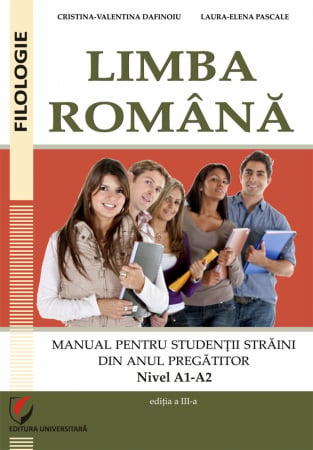
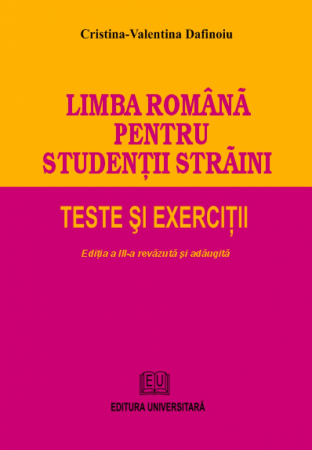
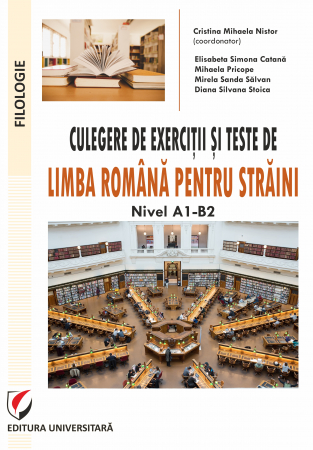

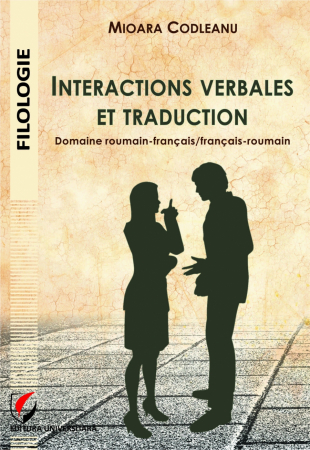
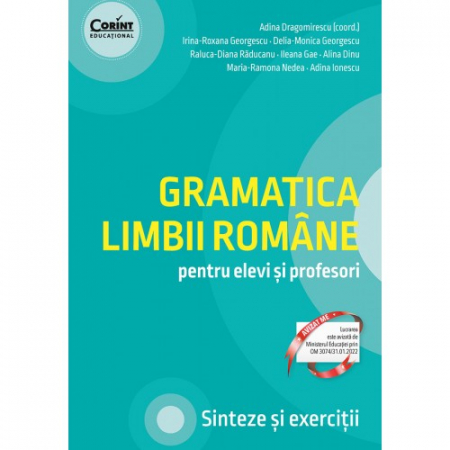


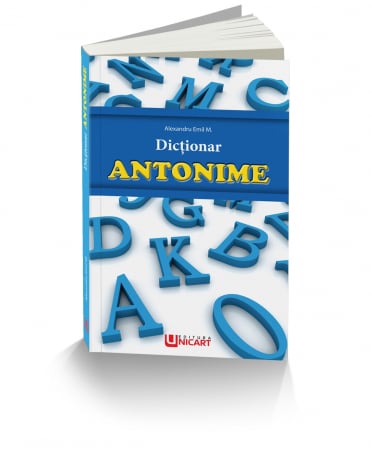
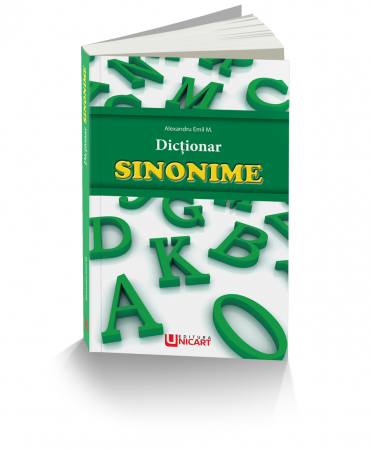
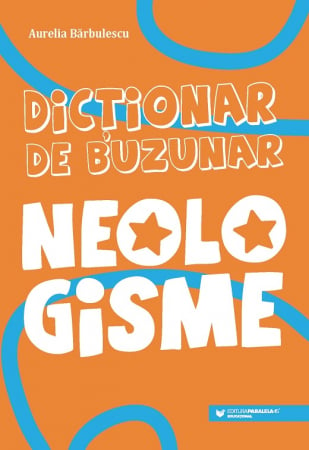


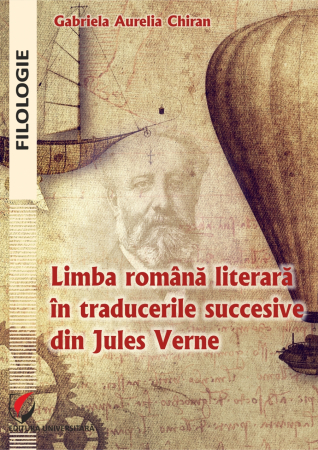

Ludmila Martanovschi,
The Manole Complex: Building and Sacrifice Rituals Underlining Literary Modernism,
RaspundeLudmila Martanovschi
The book The Séance of Reading: Uncanny Designs in Modernist Writing published by Thomas J. Cousineau, whose academic career is based in the United States, but whose professional trajectory has also been connected to several French and Romanian universities, which he has been affiliated to or visited over the years, is a generous invitation to remember the power of literature and the beauty of exegesis. Divided into nine chapters preceded by a comprehensive introduction, the volume invites both specialists and non-specialists on a journey of (re)discovery, rewarding them throughout. Besides the carefully designed structure, the author’s in-depth knowledge of the primary sources, experienced filtering of a large bibliography, refined critical skills, solid argumentation and clear phrasing are some of the aspects that recommend the project.
Revisiting works by F. Scott Fitzgerald, William Faulkner, T.S. Eliot, Flannery O’Connor, James Joyce, Samuel Beckett, Fernando Pessoa and Emil Cioran from an original perspective is a laudable endeavor that contributes to rendering modernism accesible to a wider readership and that illuminates fascinating moments in the history of twentieth century world literature. Cousineau uses a Romanian legend and Mircea Eliade’s interpretation of it as the basis for coining the Manole Complex, a concept that proves essential for advancing new readings of several American and European literary landmarks. The author’s insightful analysis of these texts that belong to different cultural spaces and his remarkable capacity to establish connections between them open innovative directions in the field of comparative literature, proving its richness, versatility and inexhaustible potential.
When defining the book’s key concept in the introduction, Cousineau invokes Sigmund Freud’s use of Greek tragedy in order to formulate the Oedipus Complex, thus investing Manole’s ballad with comparable significance and implicitly crediting Romanian folklore with universal relevance. Each chapter is designed to reveal the Manole Complex at the heart of the primary source analyzed, or else “the covert ways in which the ‘fleshly body’ of a protagonist who has been sacrificed by his author is transformed into the ‘architectural body’of a work that he both inhabits and is incarnated into” (Cousineau 25).
By reading The Séance of Reading from cover to cover, American literature aficionados have the chance to reexamine emblematic fiction, The Great Gatsby (Chapter 1), “A Good Man is Hard to Find” (Chapter 8) and Light in August (Chapter 9), as well as poetry, “The Love Song of J. Alfred Prufrock” (Chapter 5). Cousineau provides enligtening interpretations whether focusing on Gatsby’s, Carraway’s and Fitzgerald’s preoccupations with (self-)fixing or Faulkner’s strategy of framing in Light in August, whether investigating the many connotations of the term “misfit” in O’Connor’s best-known short story or Eliot’s and Prufrock’s parallel acts of turning back to the past in the much-anthologized poem.
Betraying his passion for Beckett Studies, Cousineau dedicates two separate chapters, the fourth and the sixth, to the Irish writer. He deals with Waiting for Godot and traces the ways in which “the purposeful ways of doing undertaken by the four principal characters, which fall short of their desired outcomes, are transformed throughout the play into the covert activity of what we could call ‘purposeless doing’ that is staged by the actors who play their roles” (Cousineau 26). The critic proves his keen sense of observation in the chapter in which he reads Endgame through the lens of the Manole Complex and demonstrates that with this work “Beckett invites his audience to witness the passage of mortal bodies into the architectural body of a theatrical work” (102). Preceding Beckett both in the history of literature and in this volume, Joyce features with “The Sisters”, the short-story opening Dubliners. The analysis (Chapter 2) starts from the word “scrupulous”, which characterizes both the protagonist and Joyce himself.
From Joyce’s Dublin the volume takes us to Pessoa’s Lisbon as the third chapter captures the Portuguese writer’s representation of the city in The Book of Disquiet. It is Cousineau’s aim to follow the ways in which Pessoa transforms an earlier guidebook, Lisbon: What Every Tourist Should See, into material for his literary masterpiece. A similar process of transformation, discovered at work in the building of Cioran’s oeuvre, is documented in the seventh chapter titled “Crafting Transfigurations in A Short History of Decay”. Cousineau convinces his readers that Cioran’s text should be read “as the architectural body of a literary monument whose construction was made possible by the sacrifice of the mortal body of Transfiguration de la Roumanie” (132), thus proposing an intriguing new approach to the writer who is claimed by two cultures: Romanian and French.
Besides the nine canonical texts that receive individual chapters in the book, Thomas Bernhard’s Correction also benefits from special attention and space. And even if not inserted in the introduction, the reference to the myth of Daedalus and Icarus, which some readers think of in the first place, does appear later on. As a matter of fact a wealth of primary and secondary texts with which The Séance of Reading converses proves Cousineau’s erudition and appetite for fruitful dialogue. Having designed this “construction” without a chapter comprising his conclusions, the author must have intended an open ending for his critical efforts. While in danger of being considered an incomplete project by a minority of readers, the book will certainly be received with enthusiasm by the majority, who will also look forward to reading interpretations of more literary texts upon the same lines.
A fost util acest review?
9 persoane au considerat acest review util!